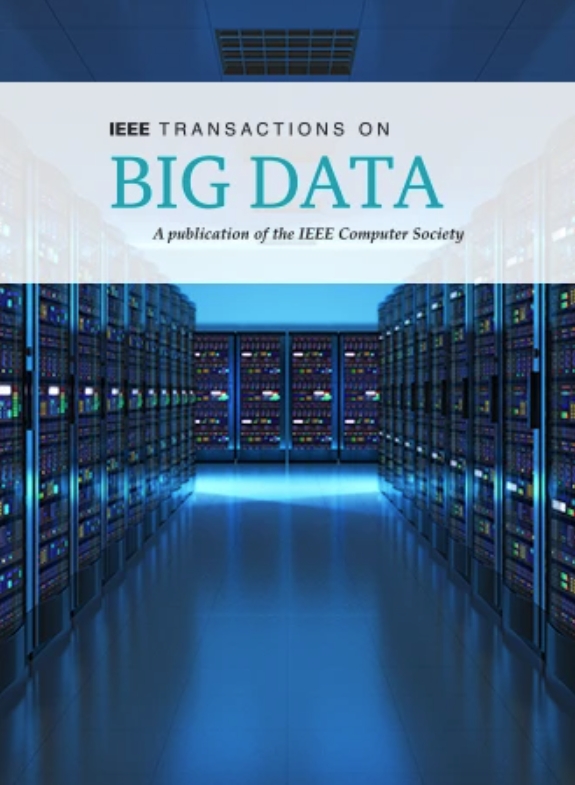Tucker-Based High-Accuracy Multi-Modal Clustering for Social Information Network
IF 5.7
3区 计算机科学
Q1 COMPUTER SCIENCE, INFORMATION SYSTEMS
引用次数: 0
Abstract
With the explosion of social media platforms, a substantial amount of data is generated from social information network. Tensor-based multi-modal clustering methods have been widely applied in various scenarios of social information network by mining potential correlative relationships from large-scale heterogeneous data. Nevertheless, the accuracy and efficiency of tensor-based multi-modal clustering methods are seriously restricted by noise data and the curse of dimensionality. Therefore, this paper presents a Tucker-based multi-modal clustering (TuMC) and an improved TuMC (ITuMC) to enhance the accuracy and efficiency of multi-modal clustering. First, we propose two Tucker-based attribute weight ranking learning approaches to calculate weight tensor efficiently. Then, we present a calculation approach for Tucker-based selective weighted tensor distance (SWTD) and a TuMC method. Meanwhile, an ITuMC method is explored by optimizing the calculation efficiency of the SWTD to further improve clustering speed. Finally, we present a Tucker-based multi-modal clustering and service framework for social information network. Extensive experimental results based on social Geolife GPS trajectory and electricity consumption datasets demonstrate that the TuMC and ITuMC methods can cluster multi-source heterogeneous data with both higher accuracy and efficiency under complex social information network by DVI, AR and execution time measurement.基于tucker的社会信息网络高精度多模态聚类
随着社交媒体平台的爆炸式增长,社交信息网络产生了大量的数据。基于张量的多模态聚类方法通过从大规模异构数据中挖掘潜在的关联关系,已广泛应用于社会信息网络的各种场景中。然而,基于张量的多模态聚类方法的精度和效率受到噪声数据和维数缺陷的严重制约。为此,本文提出了基于tucker的多模态聚类(TuMC)和改进的多模态聚类(ITuMC),以提高多模态聚类的精度和效率。首先,我们提出了两种基于tucker的属性权重排序学习方法来高效地计算权重张量。然后,我们提出了一种基于tucker的选择性加权张量距离(SWTD)的计算方法和一种TuMC方法。同时,通过优化SWTD的计算效率,探索ITuMC方法,进一步提高聚类速度。最后,提出了一种基于tucker的多模态聚类服务框架。基于社会Geolife GPS轨迹和电力消耗数据集的大量实验结果表明,通过DVI、AR和执行时间测量,TuMC和ITuMC方法可以在复杂的社会信息网络下以更高的精度和效率聚类多源异构数据。
本文章由计算机程序翻译,如有差异,请以英文原文为准。
求助全文
约1分钟内获得全文
求助全文
来源期刊

IEEE Transactions on Big Data
Multiple-
CiteScore
11.80
自引率
2.80%
发文量
114
期刊介绍:
The IEEE Transactions on Big Data publishes peer-reviewed articles focusing on big data. These articles present innovative research ideas and application results across disciplines, including novel theories, algorithms, and applications. Research areas cover a wide range, such as big data analytics, visualization, curation, management, semantics, infrastructure, standards, performance analysis, intelligence extraction, scientific discovery, security, privacy, and legal issues specific to big data. The journal also prioritizes applications of big data in fields generating massive datasets.
 求助内容:
求助内容: 应助结果提醒方式:
应助结果提醒方式:


